Rising Awareness of Fire Safety
The growing awareness of fire safety among consumers and businesses significantly impacts the Fireproofing Material Market. As incidents of fire-related disasters continue to highlight the importance of fire prevention, stakeholders are increasingly prioritizing fire safety measures. This heightened awareness is driving demand for fireproofing materials in both new constructions and renovations. In 2025, it is estimated that the fireproofing materials market will reach a valuation of approximately 4 billion USD, reflecting the increasing investment in fire safety solutions. Furthermore, educational campaigns and regulatory initiatives aimed at promoting fire safety standards are likely to bolster the adoption of fireproofing materials. As a result, the Fireproofing Material Market is poised for growth, with an emphasis on enhancing safety protocols across various sectors.
Growth in Industrial Applications
The expansion of industrial applications is a key driver for the Fireproofing Material Market. Industries such as oil and gas, manufacturing, and transportation are increasingly recognizing the necessity of fireproofing materials to protect assets and ensure operational continuity. The demand for fireproofing solutions in these sectors is projected to grow at a rate of approximately 7% annually through 2025. This growth is attributed to the heightened risk of fire hazards in industrial environments, where the presence of flammable materials and processes necessitates robust fire protection measures. As industries invest in safety infrastructure, the adoption of advanced fireproofing materials is likely to increase, thereby contributing to the overall expansion of the Fireproofing Material Market.
Increasing Construction Activities
The Fireproofing Material Market is experiencing a surge due to the increasing construction activities across various sectors. As urbanization accelerates, the demand for residential, commercial, and industrial buildings rises, necessitating the use of fireproofing materials to enhance safety. In 2025, the construction sector is projected to grow at a rate of approximately 5.5% annually, which directly influences the fireproofing materials market. This growth is driven by the need for compliance with stringent fire safety regulations and standards, which mandate the use of fire-resistant materials in building designs. Consequently, manufacturers are innovating to provide advanced fireproofing solutions that meet these regulatory requirements, thereby expanding their market presence. The integration of fireproofing materials in new constructions is likely to become a standard practice, further propelling the Fireproofing Material Market.
Regulatory Frameworks and Compliance Requirements
The Fireproofing Material Market is significantly influenced by regulatory frameworks and compliance requirements established by governmental bodies. These regulations mandate the use of fire-resistant materials in construction to ensure the safety of occupants and property. In many regions, building codes are becoming increasingly stringent, necessitating the incorporation of fireproofing materials in design and construction processes. As of 2025, it is anticipated that compliance with these regulations will drive a substantial portion of the market growth, with an expected increase in demand for certified fireproofing products. Manufacturers are thus compelled to innovate and adapt their offerings to meet these evolving standards. This regulatory landscape not only enhances safety but also creates opportunities for growth within the Fireproofing Material Market.
Technological Advancements in Fireproofing Solutions
Technological advancements play a pivotal role in shaping the Fireproofing Material Market. Innovations in material science have led to the development of more effective and efficient fireproofing solutions. For instance, the introduction of intumescent coatings and advanced spray-applied fire-resistive materials has enhanced the performance of fireproofing products. These technologies not only improve fire resistance but also offer additional benefits such as ease of application and aesthetic appeal. The market for these advanced materials is expected to witness a compound annual growth rate of around 6% through 2025. As manufacturers continue to invest in research and development, the availability of high-performance fireproofing materials is likely to increase, catering to diverse applications across various industries. This trend indicates a robust future for the Fireproofing Material Market.


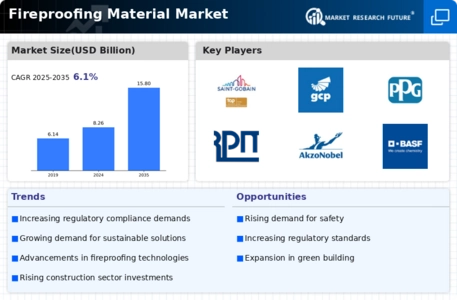
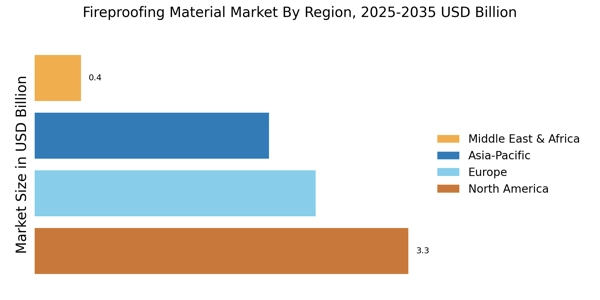


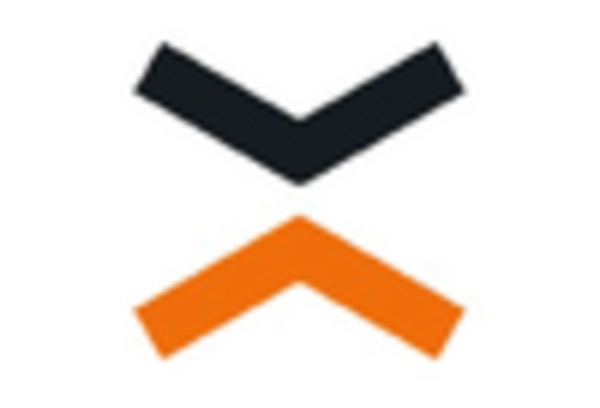
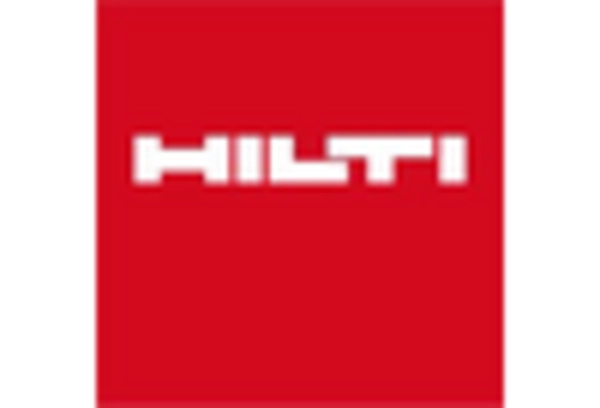
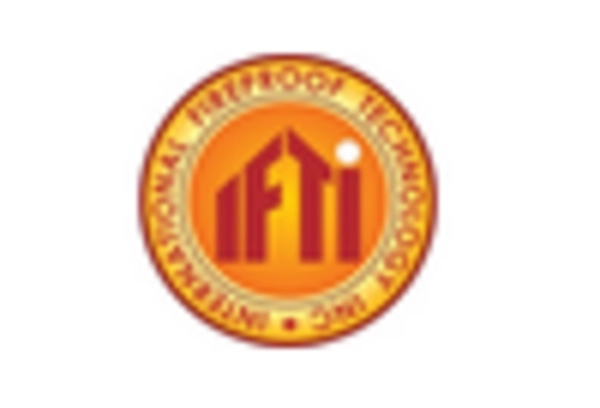
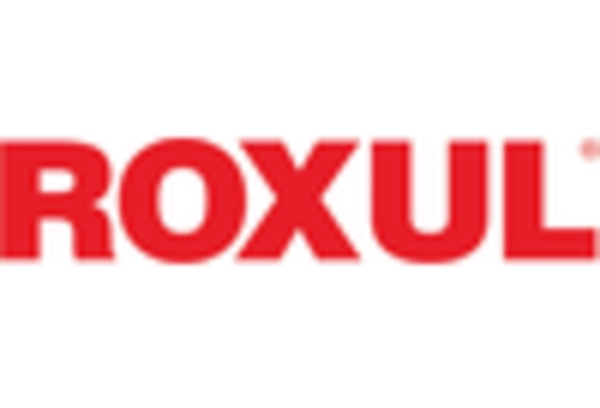








Leave a Comment